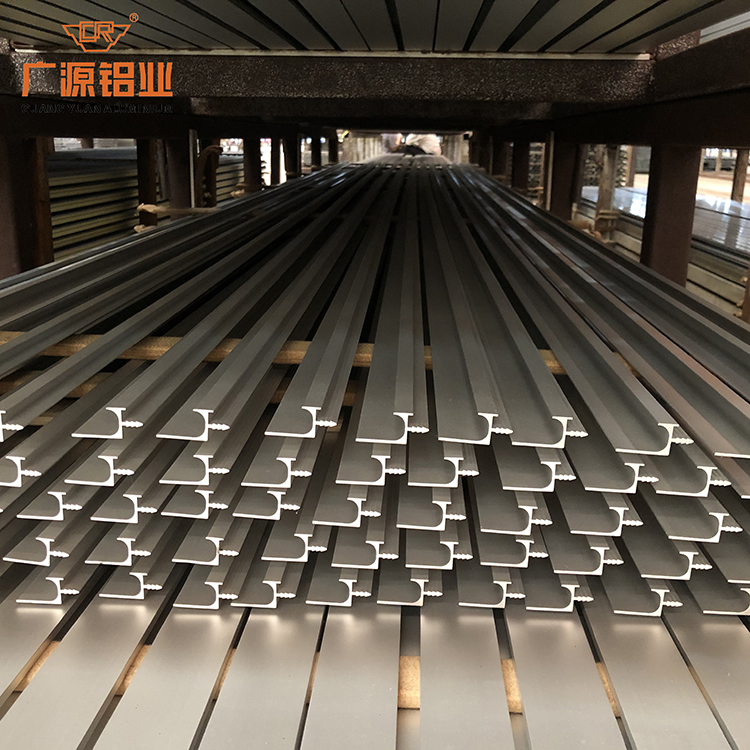
Beskyttelseserklæring: Dit privatliv er meget vigtigt for os. Vores virksomhed lover ikke at videregive dine personlige oplysninger til ethvert udstrækning uden dine eksplicitte tilladelser.

January 06, 2025
December 24, 2024
Email til denne leverandør
January 06, 2025
December 24, 2024
December 22, 2023
December 22, 2023

Beskyttelseserklæring: Dit privatliv er meget vigtigt for os. Vores virksomhed lover ikke at videregive dine personlige oplysninger til ethvert udstrækning uden dine eksplicitte tilladelser.

Udfyld mere information, så det kan komme i kontakt med dig hurtigere
Beskyttelseserklæring: Dit privatliv er meget vigtigt for os. Vores virksomhed lover ikke at videregive dine personlige oplysninger til ethvert udstrækning uden dine eksplicitte tilladelser.